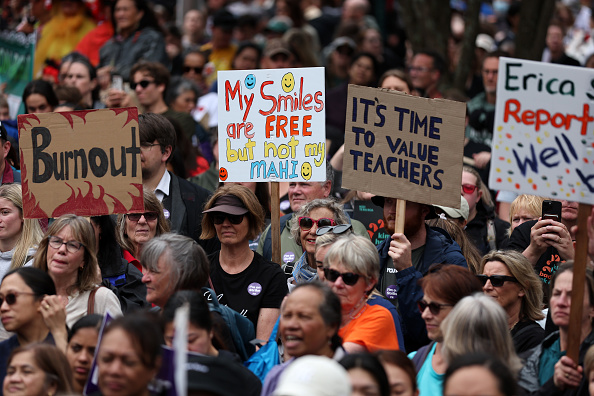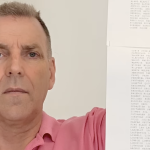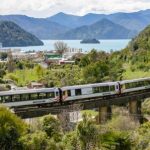On Thursday, 23 October, more than 100,000 public workers across New Zealand took part in what was described as the country’s biggest strike action in 40 years. Teachers, doctors, nurses, social workers, and other public servants walked off the job to protest low pay and difficult working conditions. Rallies were held in towns and cities nationwide, although some in the South Island and lower North Island were cancelled due to wild weather.
In Auckland, one of the largest rallies began in Aotea Square just after midday. Thousands of people, including many teachers, carried signs and chanted as they marched down Queen Street. Green Party leader Chlöe Swarbrick spoke at the event and said the strike was an important political moment.
In Hamilton, around 10,000 people gathered for a rally. Kimberly Jackson and her daughter attended to support her husband, a doctor who had stayed at work to care for patients. She said the public healthcare system had worsened over her lifetime. School leaders, such as Pippa Wright from Hamilton East School, said teachers needed better pay and conditions to help students thrive.
In Whangārei, more than 1,000 people marched under the hot sun. Primary school teacher Deserei Davis said the government had not addressed workers’ concerns. She explained that the latest pay offer was too low and that schools lacked proper support, which was causing burnout among teachers.
A power outage caused further problems in Nelson. A hospital’s backup generators failed, and striking staff returned to help care for patients. Union leaders said they had a special agreement in place to respond to emergencies like this, and staff quickly stepped in when needed.
The striking workers said they were standing up not just for themselves, but for the future of public services. Many believed that unless the government acted, staff shortages would continue and the quality of care and education would suffer.












